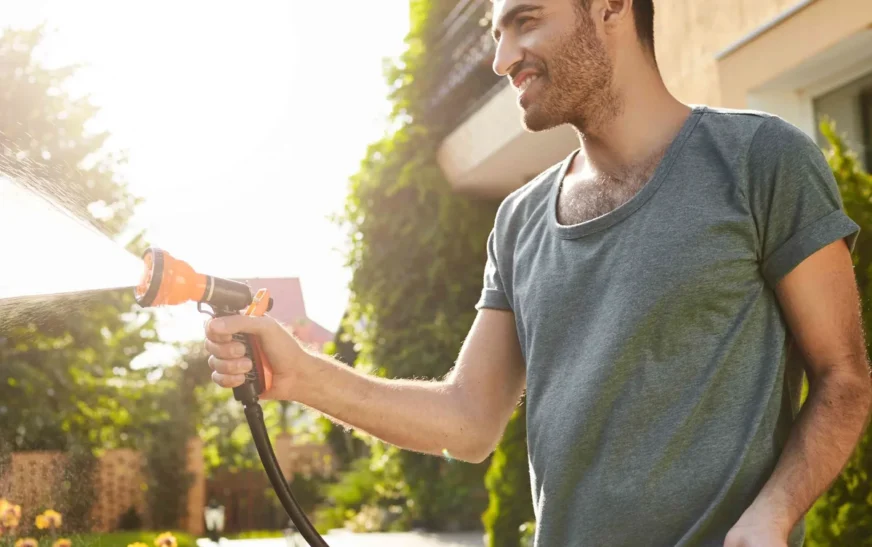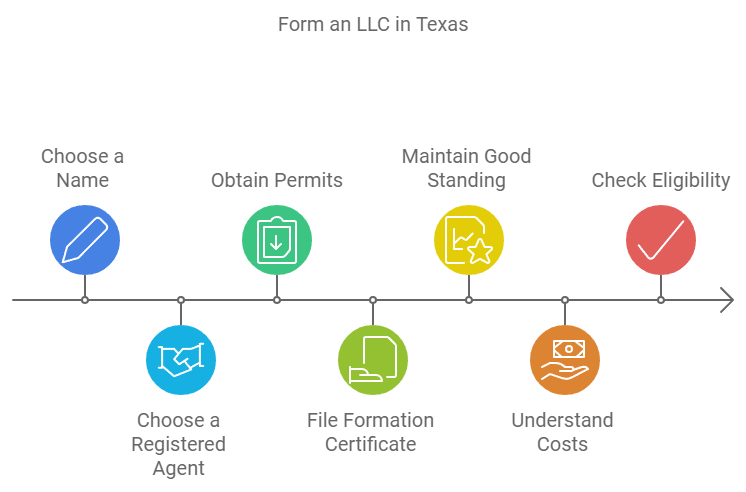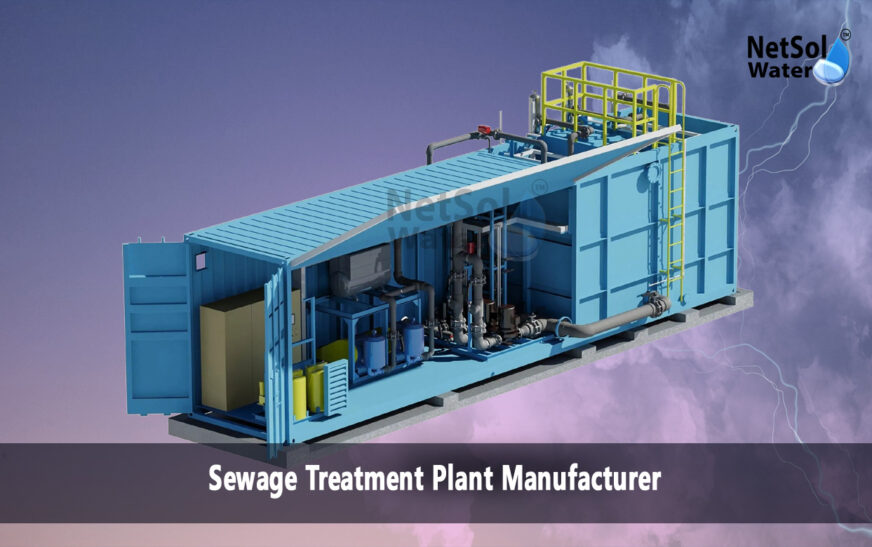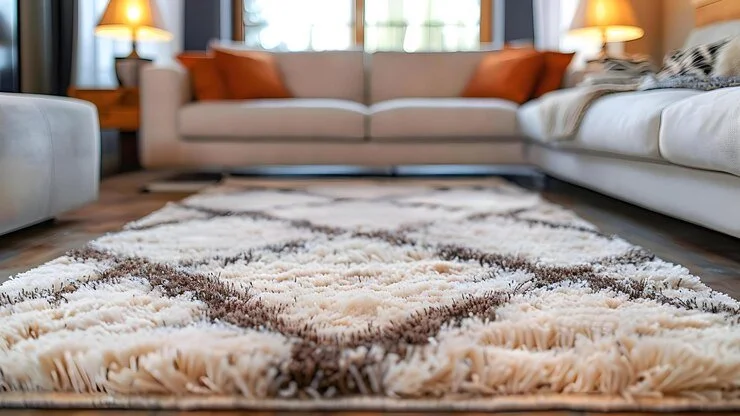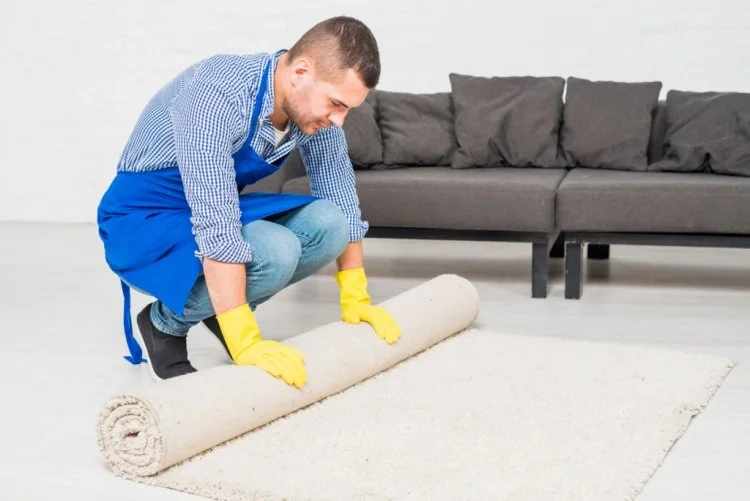Concrete looks tough. But over time, dirt, grime, and even mildew can make it look like a mess. If your driveway or patio is starting to look tired, it’s probably time to give it a good clean. Pressure washing is your best bet. Done right, it can make concrete look new again. But there’s a method to this madness. Let’s dive in.
Why Pressure Wash Concrete Surfaces?
Concrete takes a beating. It’s exposed to weather, oil spills, muddy shoes, and all sorts of debris. Over time, this buildup makes it not only look gross but also dangerous. Slippery mildew patches or oil stains can make your driveway a hazard.
Pressure washing removes stubborn grime and restores the original color of your concrete. It’s like a makeover for your driveway. Plus, it’s satisfying to watch all that dirt wash away. Seriously, there’s nothing like a clean, bright patio.
The Tools You’ll Need
Before you start, gather your gear. You don’t want to be scrambling for supplies mid-wash.
- A pressure washer with at least 3000 PSI
- A 15-degree or 25-degree nozzle
- Concrete cleaner or detergent
- Safety goggles and gloves
- A stiff push broom
- Garden hose
Having the right equipment matters. You can’t just grab any pressure washer and go for it. Too little power, and you’re wasting your time. Too much, and you could damage your concrete.
Prep Work: Setting Up for Success
Preparation is everything. Before firing up your pressure washer, clear the area. Clear the area of any outdoor decorations, furniture, or plants. You don’t want to spray your potted plants with concrete grime. Plus, tripping over obstacles is no fun.
Inspect for Damage
Take a close look at your concrete. Any cracks or chips? Pressure washing can make them worse. Patch those up before you start. You don’t want to turn small issues into big headaches.

Choosing the Right Nozzle
Not all nozzles are created equal. The wrong one can wreak havoc on your surfaces. For concrete, a 15-degree or 25-degree nozzle works best. These angles give you just the right balance of power and coverage.
- 15-degree nozzle: For stubborn stains or deep cleaning
- 25-degree nozzle: For general surface cleaning
Avoid using a zero-degree nozzle on concrete. That thing is a beast. It’s way too powerful and can even etch the surface.
Step-by-Step Guide to Pressure Washing Concrete
Ready to get started? Follow these steps to clean your concrete the right way.
1. Wet the Surface First
Don’t skip this step. Use your garden hose to wet the entire area. This keeps the detergent from soaking in too quickly and helps loosen up dirt.
2. Apply Concrete Cleaner
Fill your pressure washer detergent tank with a concrete cleaner. These cleaners are specially formulated to break down oil and grease. Spray the detergent evenly over the concrete. Let it sit for five to ten minutes, but don’t let it dry.
This soaking time is crucial. It gives the cleaner time to work its magic, breaking down all that grime. But if it starts to dry, you might have a tough time washing it away.
3. Start Pressure Washing
Now comes the fun part. Use your pressure washer with the appropriate nozzle. Start at the far end of the area and work your way back. Use smooth, sweeping motions. Keep the nozzle about a foot from the surface. Too close, and you could damage the concrete. Too far, and you lose cleaning power.
Remember to overlap each pass slightly. This ensures you don’t miss any spots. Watching that grime disappear is satisfying, right?
Tackling Stubborn Stains
Sometimes, regular pressure washing doesn’t cut it. Stains like oil or rust need extra help. Here’s how to deal with them.
Oil Stains
For oil, use a degreaser. Apply it directly to the stain and let it sit for 15 to 30 minutes. Scrub with a stiff brush before rinsing with the pressure washer. For deep or ancient stains, you may need to do this several times.
Rust Stains
Rust stains are tricky. Use a rust remover designed for concrete. Be sure to wear gloves and follow the instructions carefully. Rust removers can be harsh, so handle with care.

Rinsing and Post-Wash Care
Once you’re happy with the cleaning, it’s time to rinse. Use your pressure washer to rinse off any remaining detergent. Go over the area a couple of times to make sure it’s all gone. Leftover detergent can leave a film, and nobody wants that.
Let It Dry
Concrete needs time to dry. Give it a minimum of 24 to 48 hours to rest. Avoid parking cars or placing heavy objects on it during this time.
Sealing Your Concrete for Future Protection
This step is optional but highly recommended. Concrete sealer creates a protective barrier, making future cleanings easier. It also aids in avoiding weather-related damage and discoloration. Apply the sealer with a roller or sprayer once the concrete is completely dry. Follow the manufacturer’s instructions carefully.
Why Seal Your Concrete?
Sealing keeps your concrete looking fresh for longer. It also protects against cracks and discoloration. If you live in an area with harsh weather, a sealant is a game-changer.
Tips for Safe Pressure Washing
Pressure washers are powerful. They’re not toys. Here’s how to stay safe:
- Wear safety goggles and gloves.
- Keep the spray away from people, pets, and fragile items.
- Never aim the nozzle at yourself or others.
- Be mindful of electrical outlets and cords.
Common Mistakes to Avoid
Pressure washing seems easy, but there are plenty of ways to mess it up. Here’s what to watch out for.
Using Too Much Pressure
More power isn’t always better. Concrete can handle a lot, but even it has its limits. Reduce the pressure at first, then as necessary.
Standing Too Close
Holding the nozzle too close can damage your concrete. Maintain an approximate distance of 12 to 18 inches. This gives you enough cleaning power without causing harm.
Not Overlapping Your Passes
Missed spots are a common rookie mistake. Overlap each pass to ensure even cleaning.
FAQs About Pressure Washing Concrete
How Often Should I Pressure Wash My Concrete?
Once a year is usually enough. If you live in a wet or muddy area, consider twice a year.
Can I Pressure Wash Painted Concrete?
Be careful. High pressure can strip paint. Use a wider nozzle and lower pressure settings.
Is Pressure Washing Safe for All Concrete?
No. Delicate or decorative concrete might get damaged. Test a small area first if you’re unsure.
Final Thoughts: Make Your Concrete Shine
Pressure washing is a simple yet effective way to revive your concrete surfaces. Whether it’s your driveway, patio, or sidewalk, a good wash makes a world of difference. Just remember to use the right tools, take your time, and don’t skip steps.

